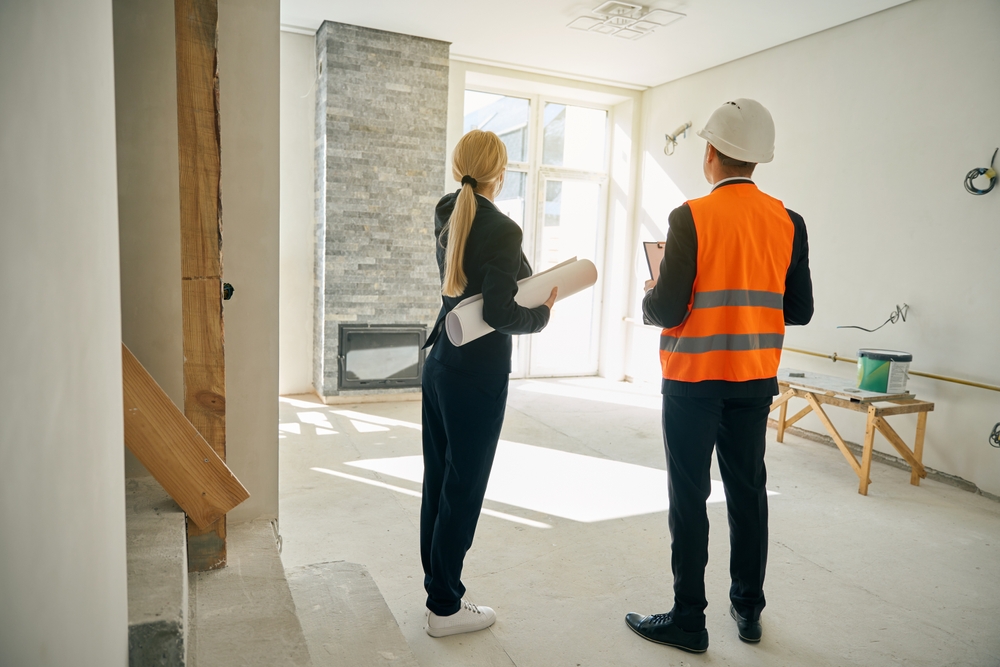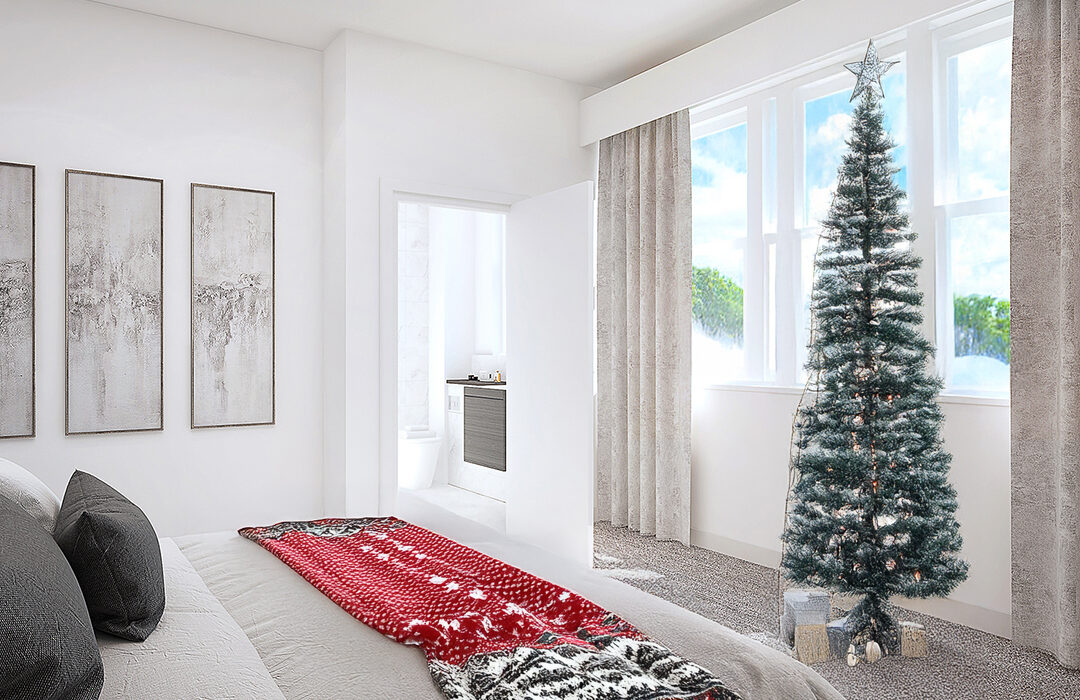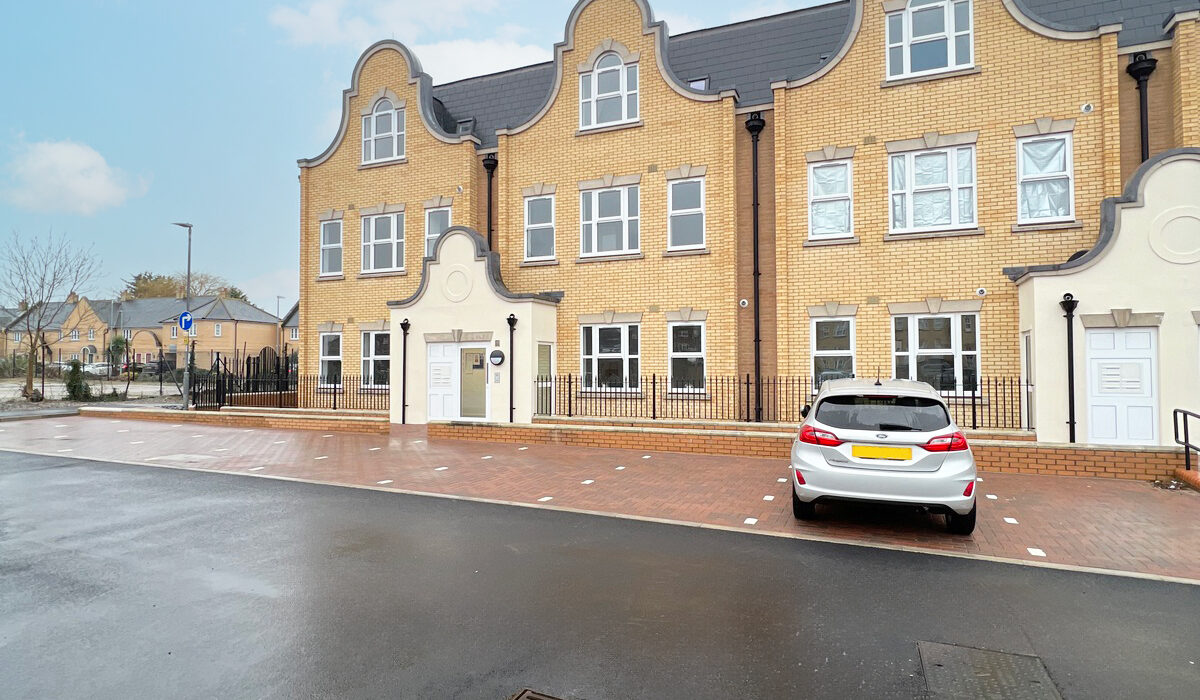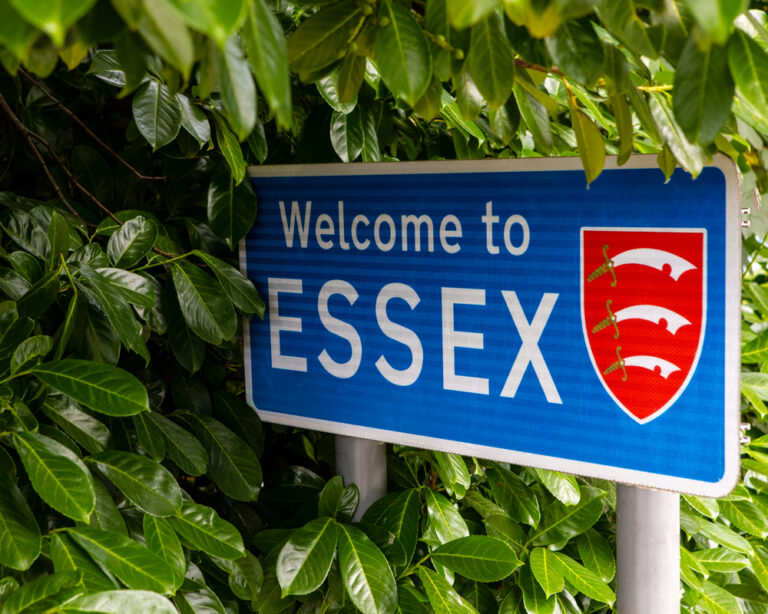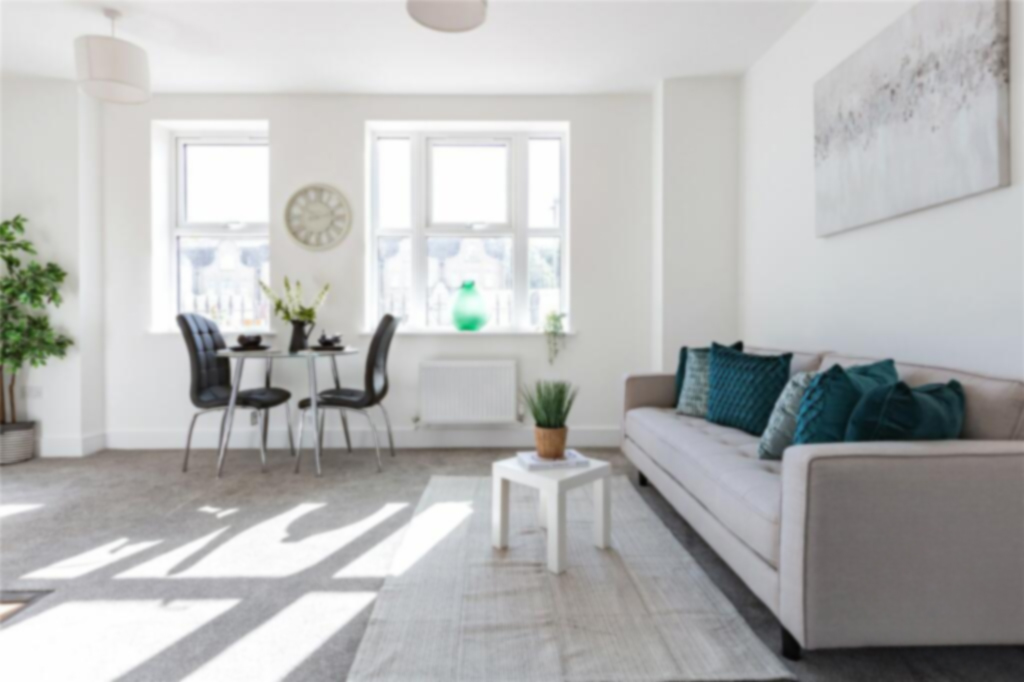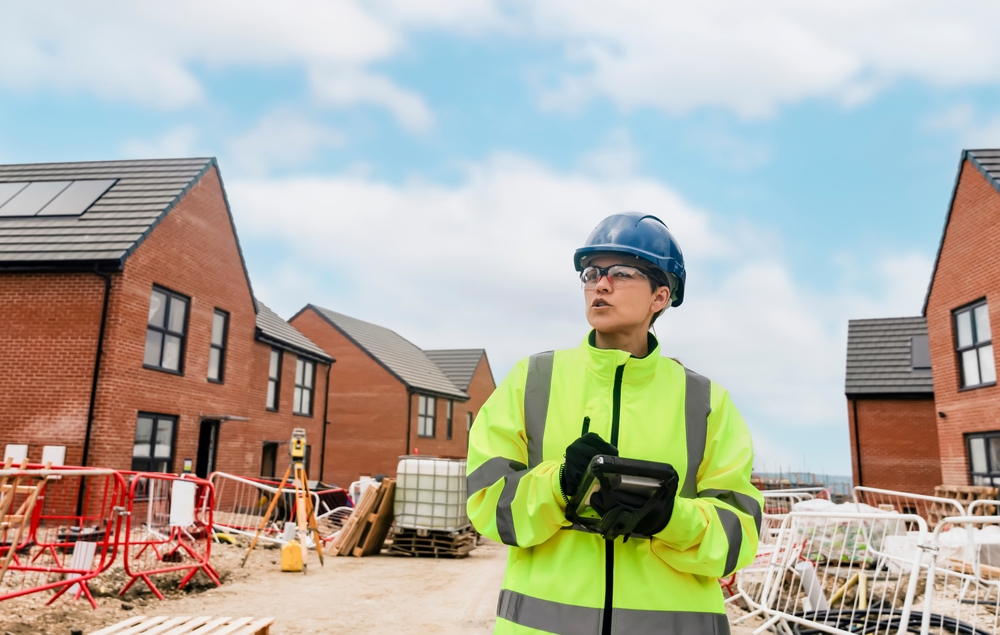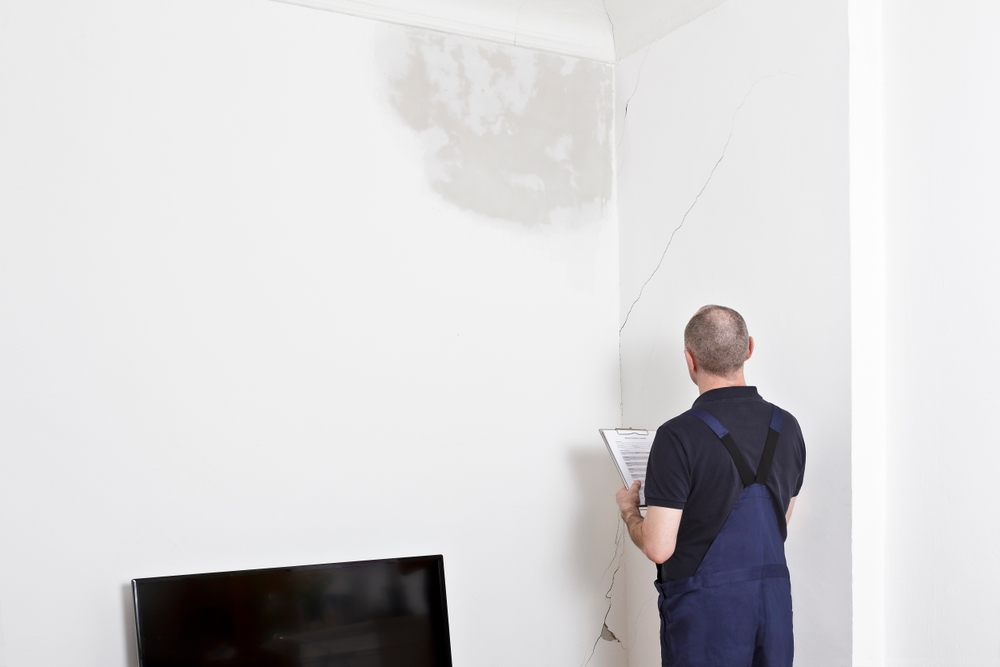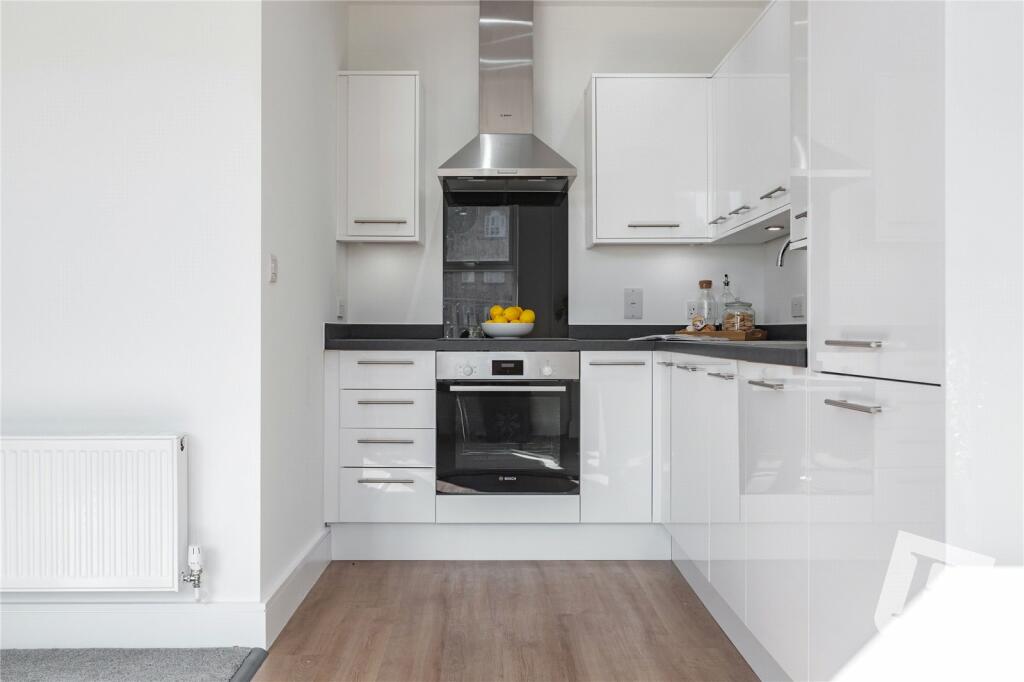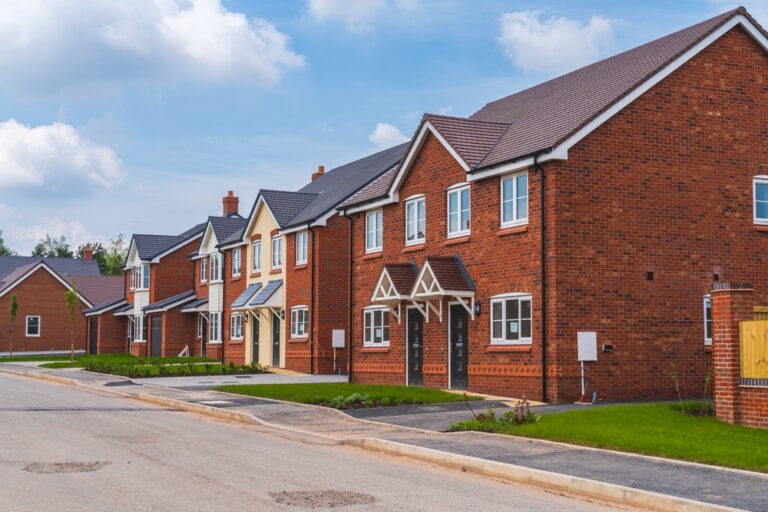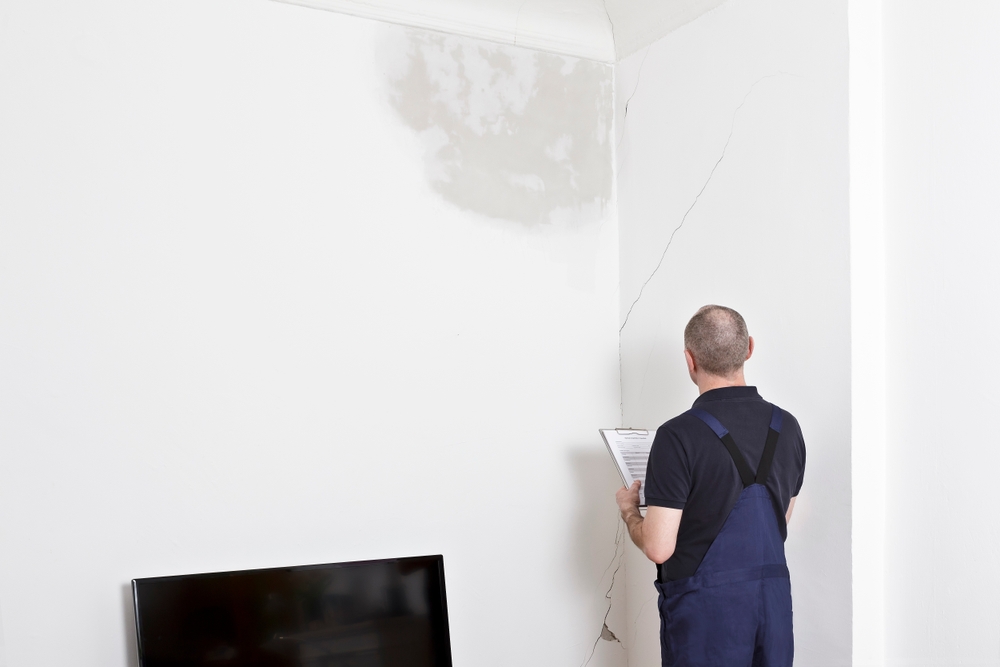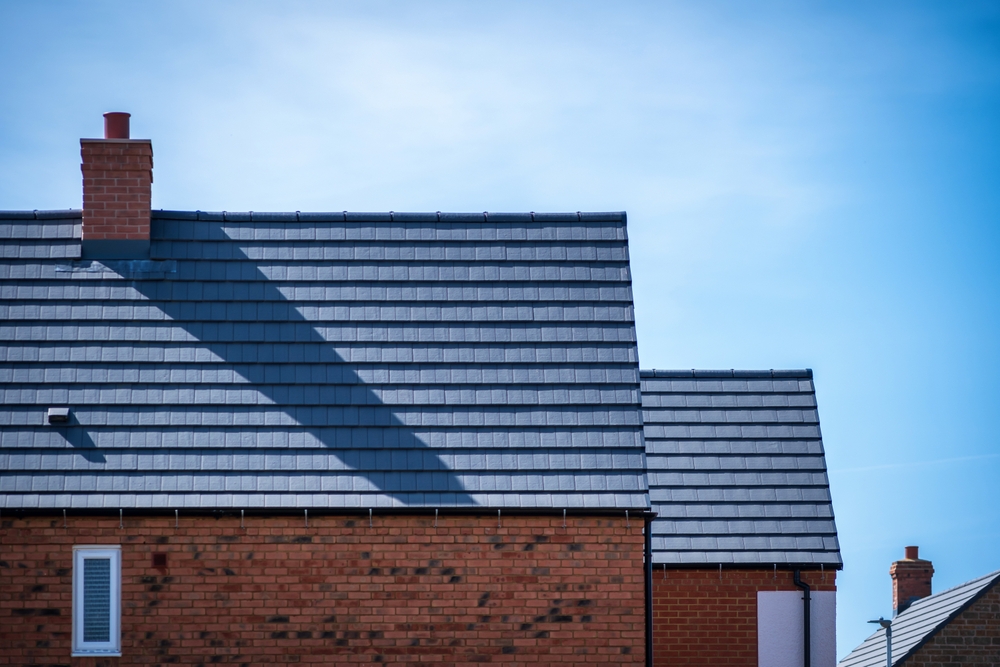10 Signs It’s Time to Move Home
Moving home is a big decision, but sometimes, the signs are all there—clear as day. Whether you’re a first-time buyer or someone looking to upgrade, knowing when it’s time to move can make the process less stressful. Let’s dive into 10 signs it’s time to move and find a new build in Essex that’s perfect for you.
1. You’ve Outgrown Your Current Space

If your home feels cramped with children aged two running around, it might be time to move. A new build can offer the space your family needs to grow comfortably. Build developers in Essex often cater to families, offering homes with extra bedrooms, gardens, and storage.
2. You’re Spending Too Much on Bills
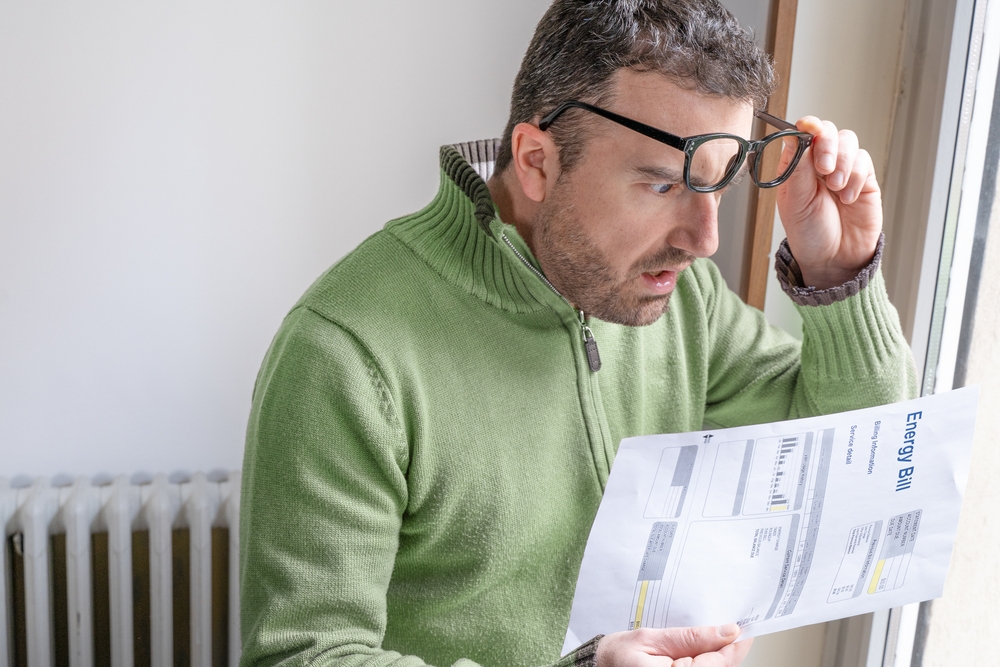
Older homes often lack the energy efficiency of new builds. If your bills are climbing faster than Joaquin Phoenix’s award wins, it’s a good idea to consider moving. A new home can help reduce costs with modern insulation and efficient heating.
3. Your Commute Is Draining You

Tired of long journeys to work or school? Living closer to your daily destinations can save time, energy, and petrol money. A move to nearby Essex could be just what you need.
4. You’re Ready to Start Fresh

Sometimes, a new chapter calls for a new home. Whether it’s a career change, starting a family, or simply wanting a change of scenery, moving house is the perfect way to embrace a fresh start.
Consider what matters most to you. Are you willing to trade a little extra room for lower energy bills and modern convenience?
5. Your Home Requires Constant Maintenance

If your current property feels like it’s falling apart faster than a Night Shyamalan twist, it’s time to move. New builds require less upkeep, meaning fewer worries about repairs and more time enjoying your space.
6. You’ve Outgrown Your Neighbourhood


Maybe your social media feeds are full of friends living in vibrant areas, while your own feels dull. Whether you’re seeking better schools, trendy cafes, or a quieter lifestyle, finding a new home in Essex might be the upgrade you need.
If anything feels unclear or rushed, take your time to think it over. It’s a big decision, and you deserve to feel confident about it.
7. Your Financial Situation Has Changed



If you’ve saved up for a deposit or received a promotion, moving home could finally be within reach. First-time buyers and those looking at shared ownership schemes can explore affordable options in Essex with the help of local build developers.
8. You’re Ready to Downsize


Not every move is about upgrading. If your children aged 18 have flown the nest, downsizing to a smaller, more manageable home can be a smart decision. Plus, a smaller home often means lower council tax and energy bills.
9. You’ve Found the Perfect New Build
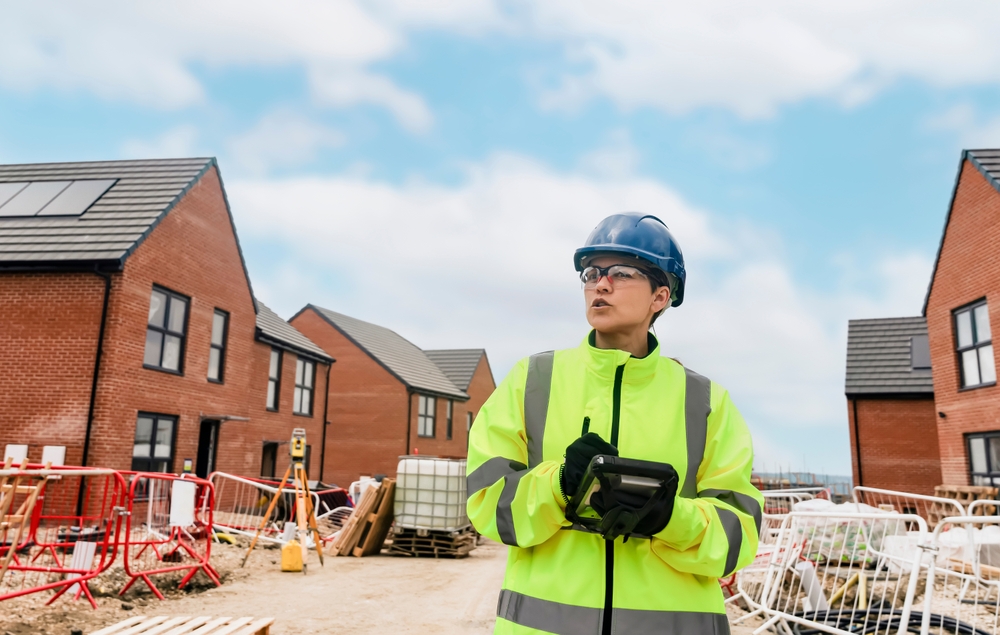

Build developers in Essex are constantly unveiling stunning properties. If you’ve fallen in love with a new home, don’t wait too long. It might be time to move and secure your dream house before someone else does.
10. The Paperwork Doesn’t Scare You Anymore


Moving day comes with its fair share of admin—updating your address, setting up meter readings, arranging removals companies, and even organizing mail redirecting through Royal Mail. If this list doesn’t feel daunting anymore, it’s a sign you’re ready to move.
Preparing for Moving Day
Once you’ve spotted the signs it’s time to move, it’s time to get organized. Pick a moving date, choose a reputable removals company, and don’t forget to update your address with key services. This includes council tax, energy suppliers, and even your social media profiles!
For those relocating to Southend-on-Sea or Essex, consider exploring new builds. These homes are energy-efficient, modern, and designed with today’s families in mind.
Why a New Build in Essex?
Essex is a fantastic place to call home, offering a mix of bustling towns and peaceful countryside. Southend-on-Sea, in particular, is a great location for first-time buyers, families, and retirees. With energy-efficient new builds, shared ownership opportunities, and a vibrant community, it’s a good idea to start your property search here.
Final Thoughts
If these 10 signs resonate with you, it’s time to move. Whether you’re upgrading to a new build, downsizing, or simply seeking a fresh start, Essex and Southend-on-Sea offer fantastic options. From picking a moving date to organizing mail redirecting, preparation is key to a smooth transition.
So, is it time for you to move? Start exploring your options today and find the perfect home to match your needs.



